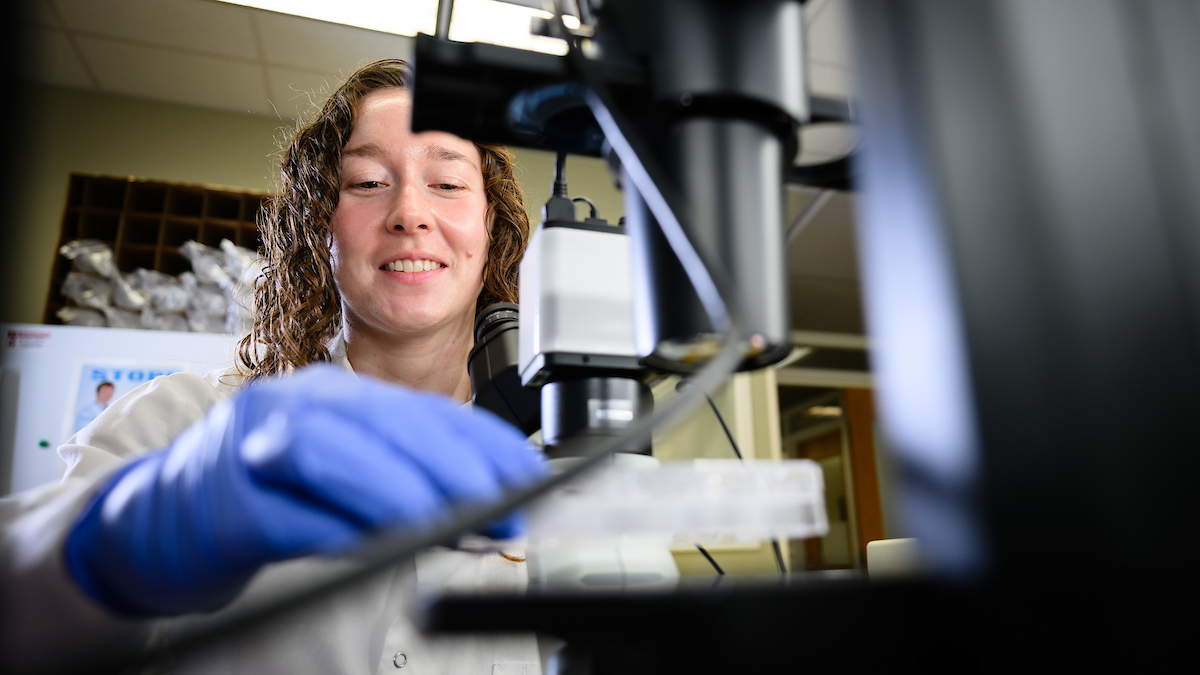Research Roundup NC State Veterinary Medicine, November 2023
Translational research is critical to our mission of advancing animal and human health. From novel devices to targeted treatments to protecting public health, our researchers are at the forefront of advancing modern medicine for both animals and people.
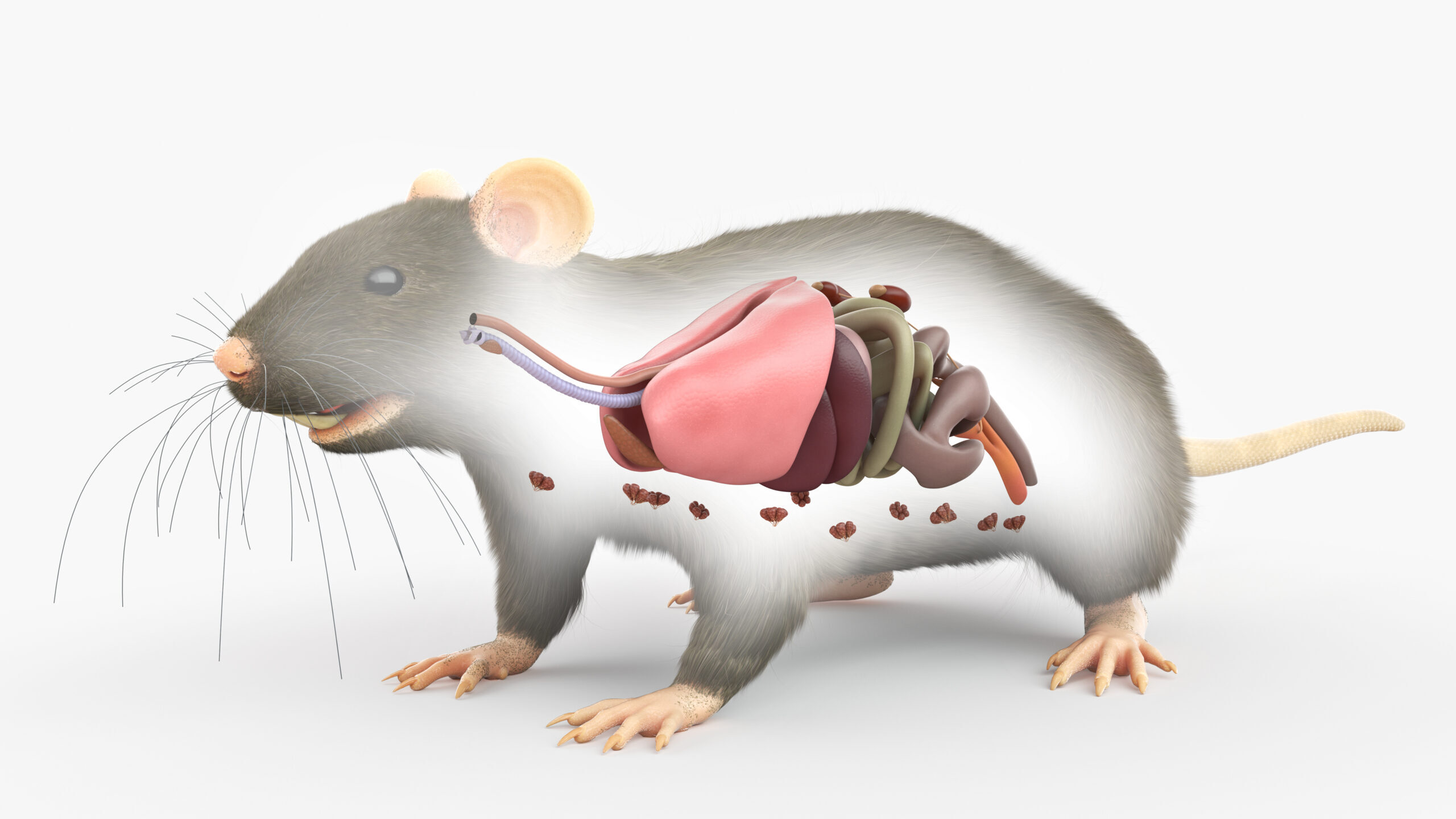
Furthering Biomedical Research by Engineering a New Drug Delivery Device
Ana Maria Gracioso Martins, Douglas B. Snider, Kristen D. Popowski, Karl G. Schuchard, Matias Tenorio, Sandip Akunuri, Junghyun Wee, Kara J. Peters, Anton Jansson, Rohan Shirwaiker, Ke Cheng, Donald O. Freytes, Glenn P. Cruse
Intrapulmonary delivery involves delivering medication directly to the lungs, and there are several benefits to administering medication this way. One of the greatest advantages is that the body does not need to metabolize the medication, allowing for faster results at lower doses. Researchers are designing studies on how effective different types of vaccines and medications are if delivered via the intrapulmonary route, but with a different delivery route comes a new set of rules on drug design and testing and approval as to not interfere with the airway and lung lining.
Drugs intended to be delivered this way should be designed to resist the nebulization process, which involves aerosol-sized droplets forming from direct contact with a stream of fast-moving air. Researchers from our Department of Molecular Biomedical Sciences and the Comparative Medicine Institute, in collaboration with several departments from the College of Engineering, developed a tunable nebulization system with the goal of improving the delivery of intrapulmonary drugs to mice. The results of this translational study were highly successful, with 99% of the initial volume being delivered to the deep portions of the mouse lung. These results serve as a guide for producing nebulizers with adjustable properties such as nebulization rate, droplet size and temperature control, advancing the important biomedical research being done on this drug delivery method.
This study was published in the Journal of Controlled Release and can be found here.
Testing Milk of Treated Cows to Ensure Consumer Safety
Danielle A Mzyk, Claire B Giles, Ronald E Baynes, Geof W Smith
Lameness is one of the top animal welfare concerns for stakeholders in the dairy industry, but there currently are very limited numbers of drugs labeled to relieve pain in cattle. Additionally, the drug approval process for cattle in the United States requires establishing safe waiting periods prior to selling food products, like meat or milk, from treated cows to protect the health of consumers. Aiming to address both concerns, researchers at NC State’s Food Animal Residue Avoidance Databank (FARAD) program at the College of Veterinary Medicine completed a study demonstrating that cows treated with meloxicam and gabapentin — two drugs that have been shown to alleviate pain in cattle — require only a short three-to-five day withdrawal time that should not result in harmful residues in milk. This information is critical to identifying and approving drugs that are effective for managing pain in cattle, as well as supporting dairy farmers and veterinarians in protecting our nation’s food supply.
This article was published in the Journal of the American Veterinary Medical Association and can be found here.
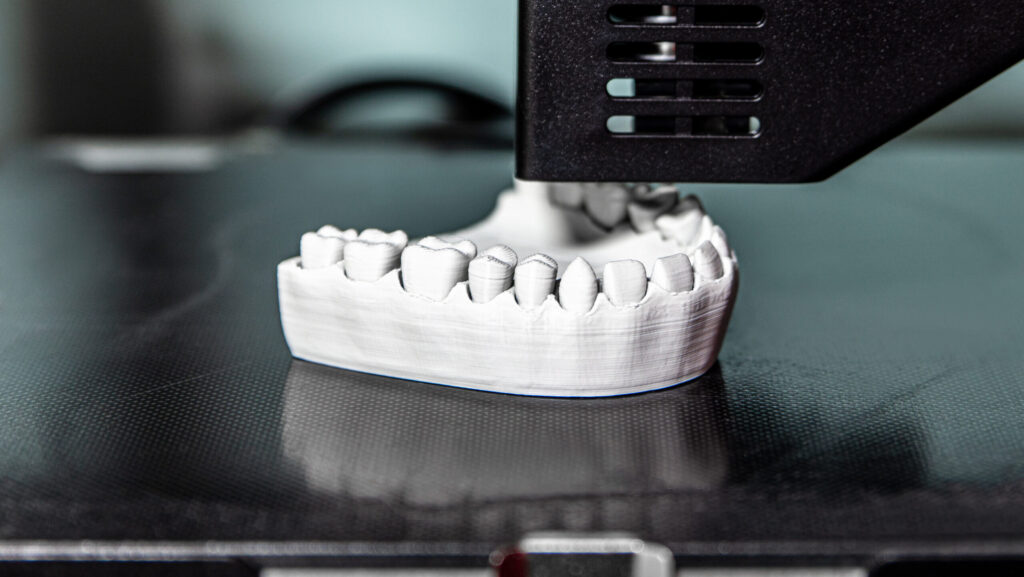
Using 3D Printing Technology to Train Veterinary Dentists
Vanessa Graciela Carvalho, Nicole Bernart Casara Bordim, Denise Tabacchi Fantoni, Lenin A Villamizar-Martinez
Like many areas of veterinary medicine, dentistry training is similar to that of human medicine. In human dentistry, studies have shown that using 3D-printed artificial teeth is a valuable tool for students to gain hands-on experience in a safe and controlled environment, but there has not been any research on whether this technique would be helpful in veterinary dentistry training. A recent study that included Lenin Villamizar-Martinez from our Department of Clinical Sciences assessed the feasibility of creating 3D-printed teeth from an adult dog skull and evaluated their use as an alternative training tool for root canal therapy in dogs. Researchers created the artificial teeth and had them evaluated by dentistry experts in Brazil. The results of the study showed that 3D-printed models of dogs’ teeth can accurately replicate the endodontic system, or the structures found inside the teeth where root canals take place. Despite the obvious differences between real and artificial teeth, it was confirmed that artificial teeth can be used as training devices for conventional root canal treatment in dogs.
This study was published in the Journal of Veterinary Dentistry and can be found here.
Testing New Regenerative Therapy to Alleviate Fracture Pain and Promote Bone Healing
Yu-Ru V Shih, David Kingsley, Hunter Newman, Jiaul Hoque, Ankita Gupta, B Duncan X Lascelles, Shyni Varghese
Bone fractures are a common injury associated with sports, accidents or falls. There are many ways to treat a bone fracture with casts or physical therapy, and often anti-inflammatory medications or opioids are prescribed to mitigate any pain. However, these injuries can take a long time to heal and sometimes heal incorrectly, and long-term pain can be debilitating to a person’s quality of life. Pain expert researchers at the NC State College of Veterinary Medicine, in collaboration with colleagues from nearby UNC-Chapel Hill and Duke University, explored a new therapeutic solution — localized administration of adenosine, a naturally occurring compound in our bodies — and its potential to both mitigate pain and promote tissue regeneration following bone injury or orthopedic surgery. The study excitedly found the local delivery of adenosine as a feasible therapeutic option to treat bone trauma and associated pain.
The study was published in Advanced Science and can be found here.
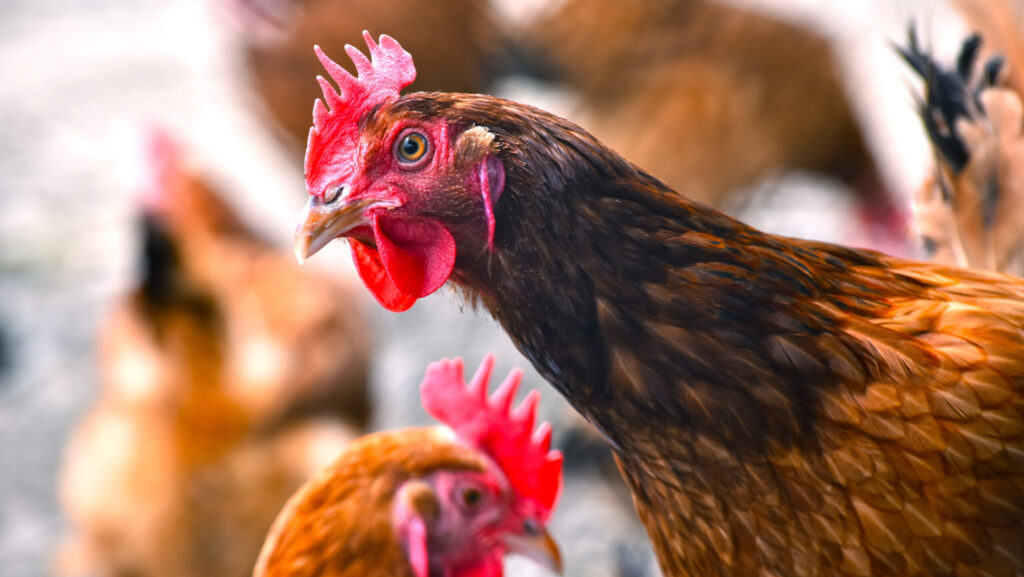
Evaluating the Gut Health of Chickens Raised in Commercial vs. Backyard Environments
Muhammed Shafeekh Muyyarikkandya, Jessica Parzygnat, Siddhartha Thakur
Although poultry meat is one of the most consumed meats in the world, it is also a host for various foodborne pathogens that can be a danger to public health. To combat this One Health issue, researchers are looking at different elements that can affect the gut of these chickens, including their environment. A recent study from our Department of Population Health and Pathobiology focused on two rearing structures for broiler chickens, commercial and backyard, and studied the microbiomes of the chickens in each environment over time. The results of the study show significant differences in the microbiome between the two systems. The conventional system overall had a more uniform microbiome, while the outdoor-raised system had more diversity and abundance of potentially harmful bacteria, which could be the result of things like farm practices or climate conditions. These findings further emphasize the relationship between production systems and the poultry microbiome and how crucial it is to understand these relationships so that public health officials can make targeted interventions to improve animal welfare, mitigate foodborne pathogens and limit antimicrobial resistance risks.
The study was published in Environmental Microbiology and can be found here.
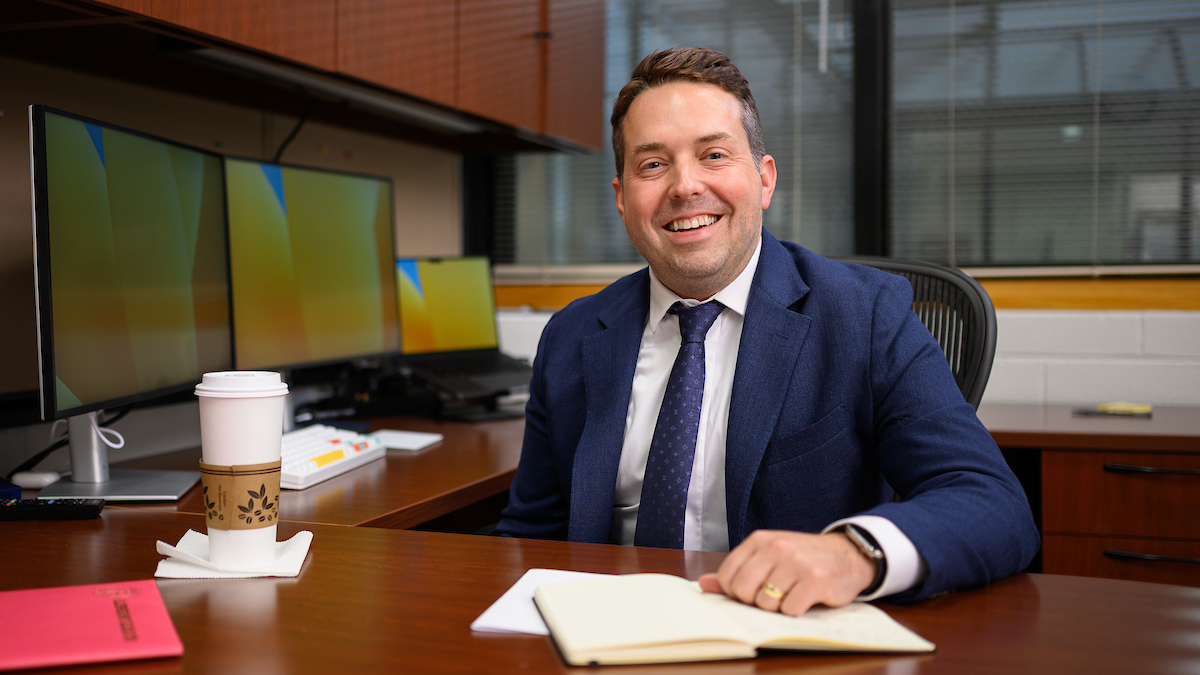
Creating the Veterinary Academic Leaders Program to Help Expand Options
Problem: Not enough veterinary professors to teach the next generation of critically needed veterinarians. Solution: Offer medical residents the chance to explore careers in academia with a new Veterinary Academic Leaders Program. Dr. Joshua Stern, associate dean for research and graduate studies, will lead the program, which recently announced its inaugural class of 10 fellows. “Over the course of what will be a three-year program, our VAL fellows will work hand in hand with leading academic veterinarians to develop a toolkit that prepares them to compete and succeed as faculty members and clinician scientists,” Stern said. “NC State is dedicated to continuing to develop a pipeline of veterinary academicians who will go on to lead the academy and train future generations of veterinarians across the globe.”
Read the story here: https://go.ncsu.edu/vetmedvalprogram
Research Connection: Exploring the Intersection of Anesthesiology and Food Animal Welfare with Dr. Kelley Varner
Dr. Kelley Varner, assistant clinical professor of anesthesiology, sat down with us to discuss the critical role anesthesiology plays in protecting the safety of both animals and veterinarians. Dr. Varner’s research focuses primarily on advancing the different techniques used by large animal anesthesiologists to make the experience as comfortable and safe as possible for the animal, especially our food animals. She speaks about the difficulties of anesthetizing large animals due to their size or their outdoors environment. Dr. Varner completed her Doctor of Veterinary Medicine at Ross University in St. Kitts, as well as an anesthesia residency at the University of Pennsylvania. Most recently, she was a faculty member at the University of Missouri before joining #NCStateVetMed in 2022.
- Categories:

